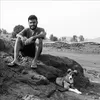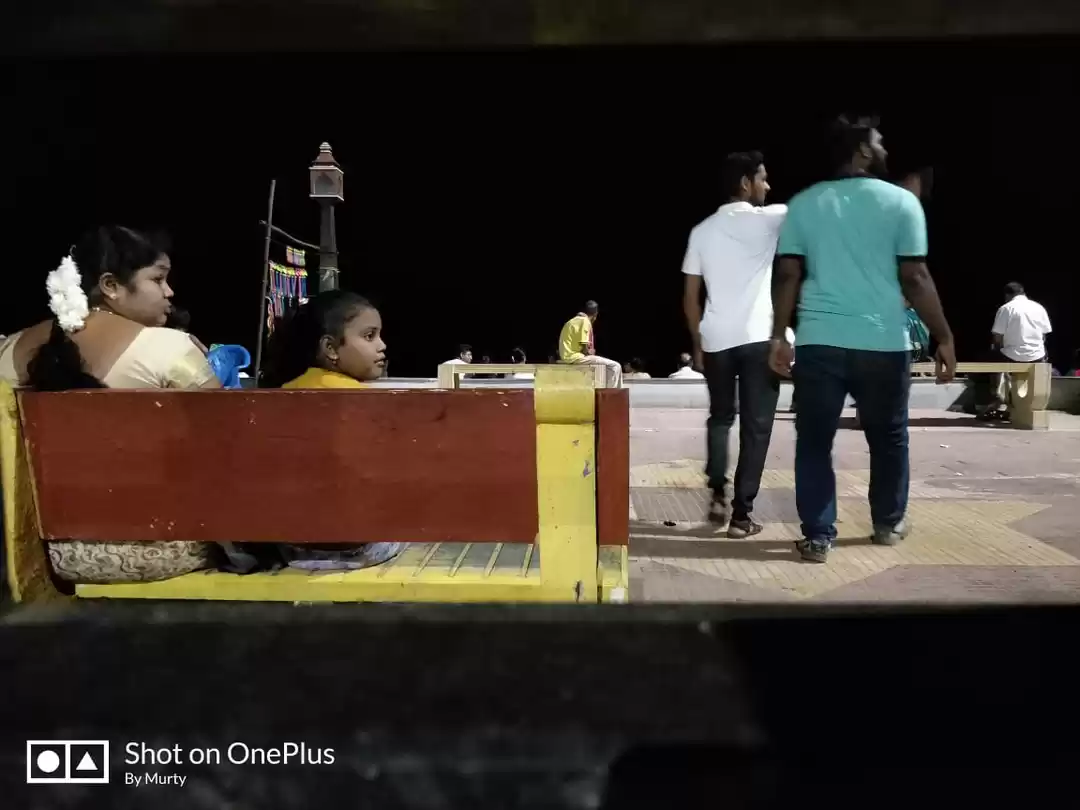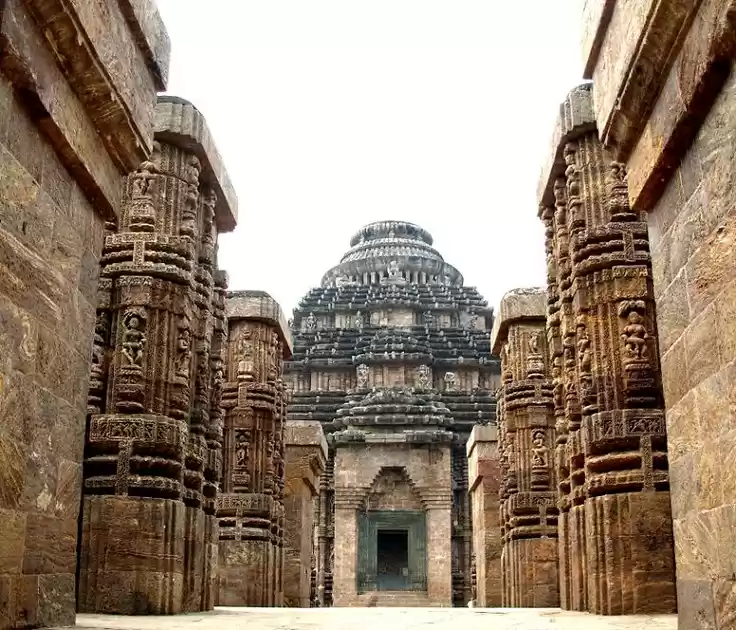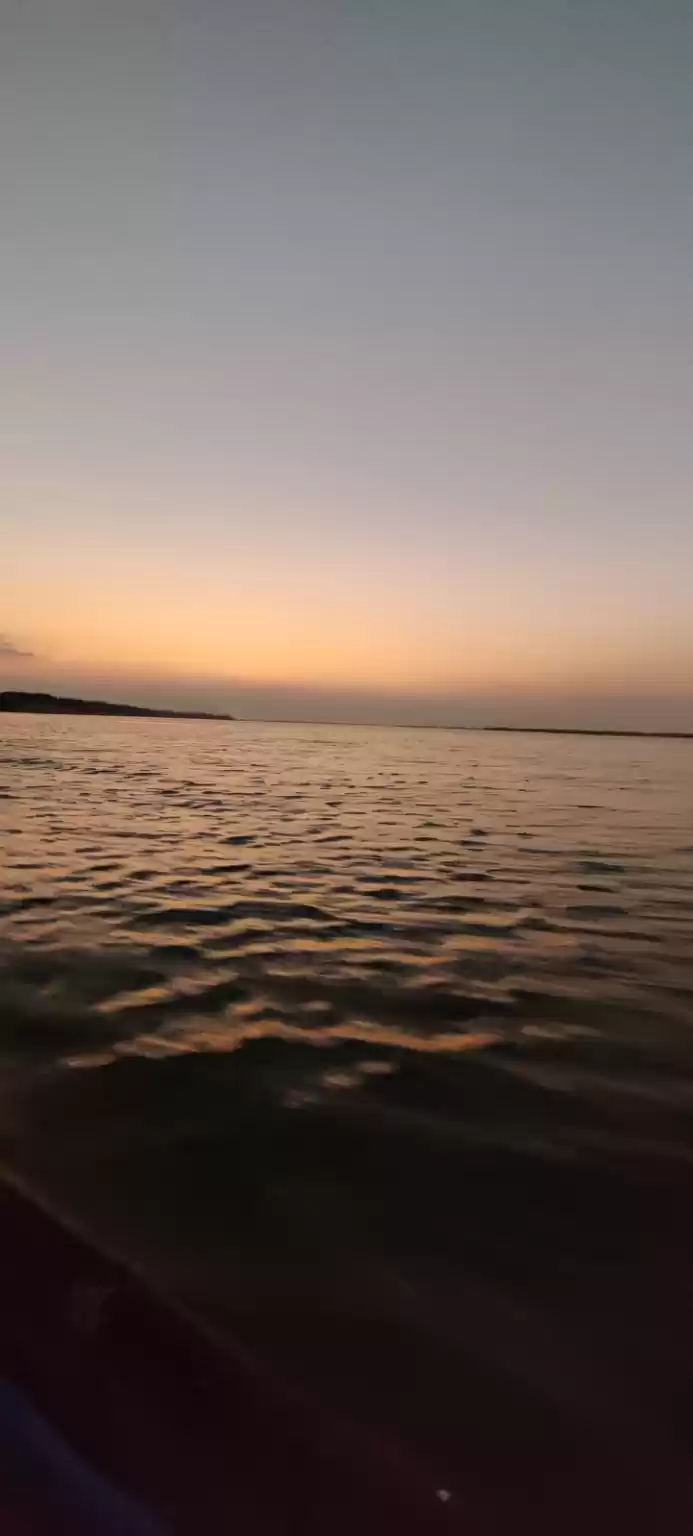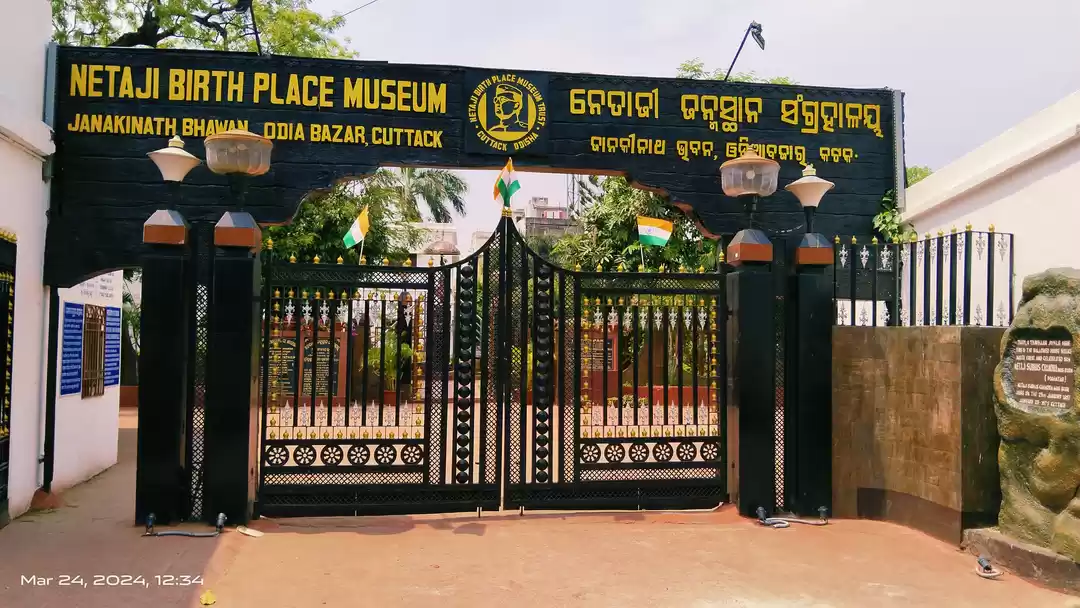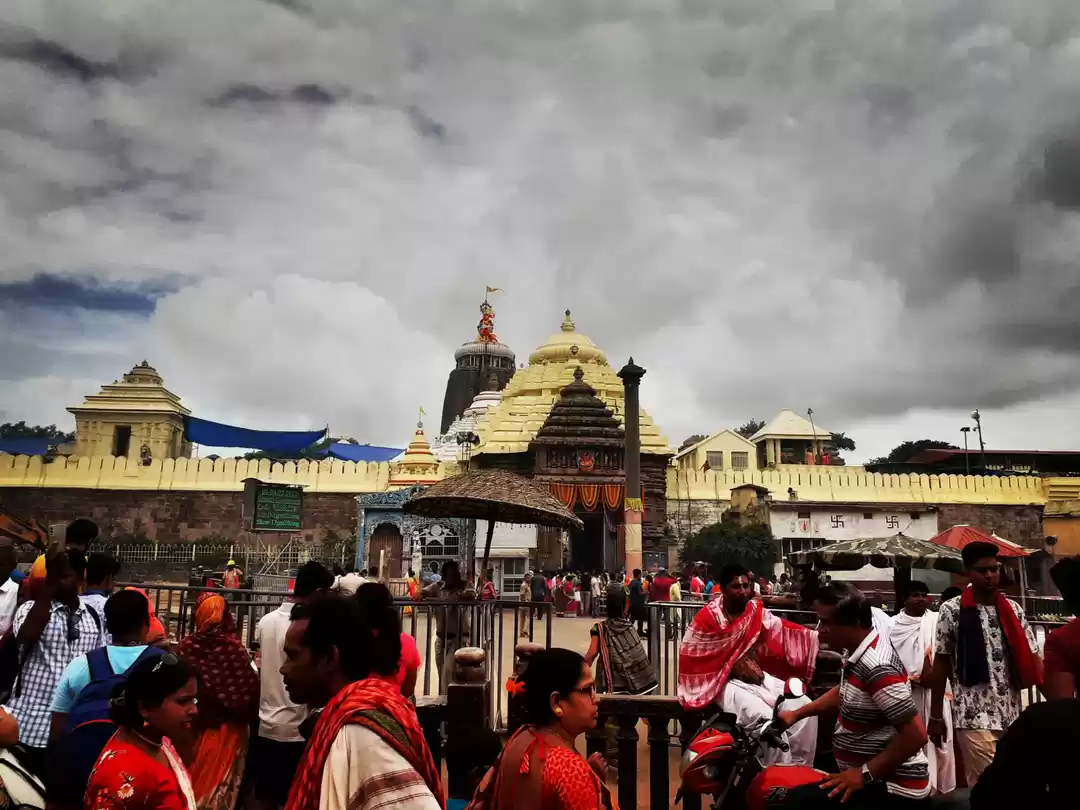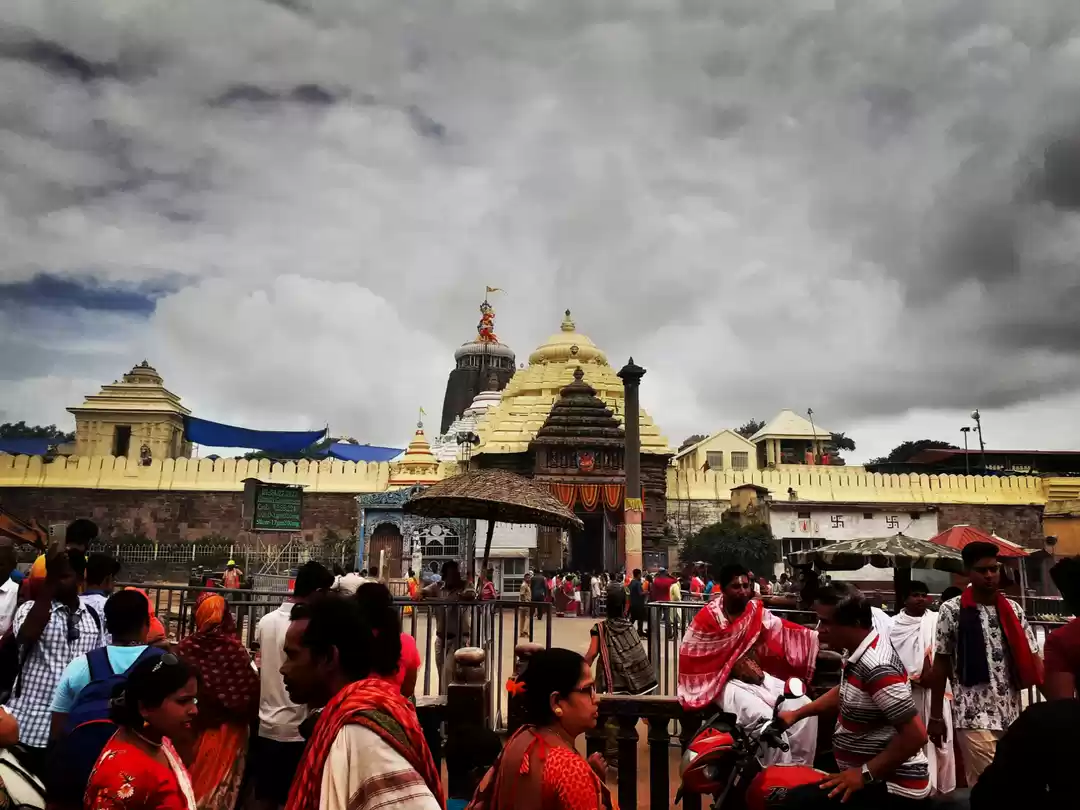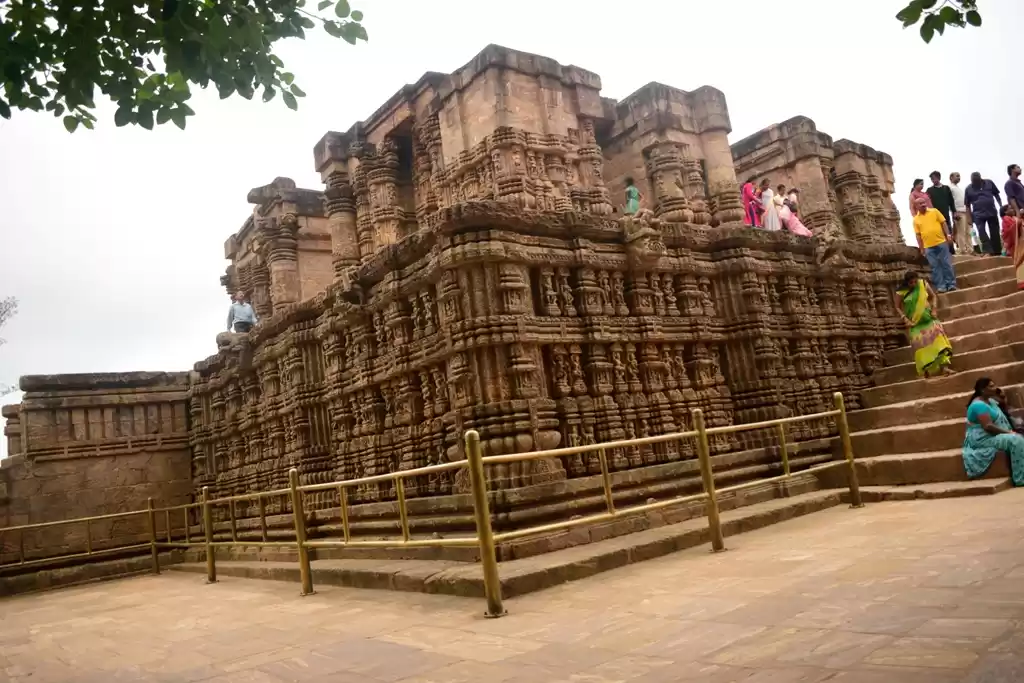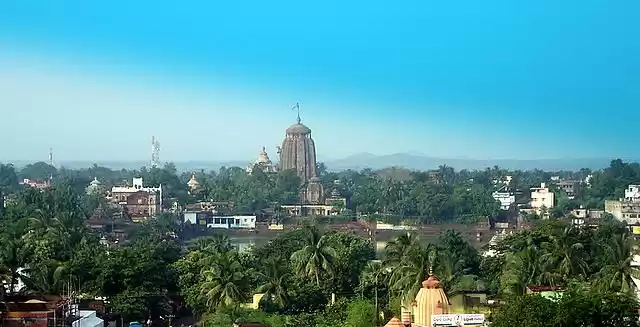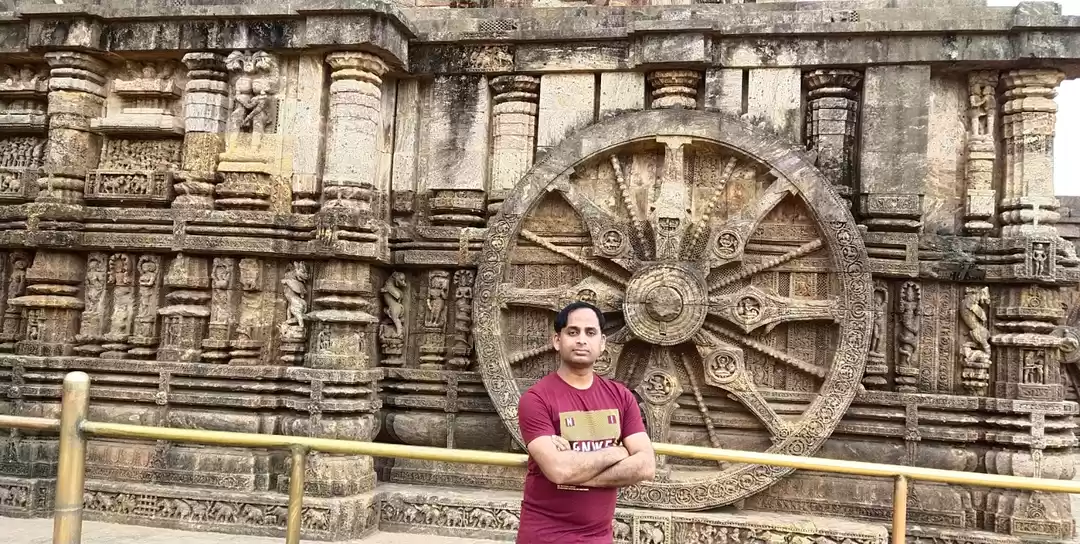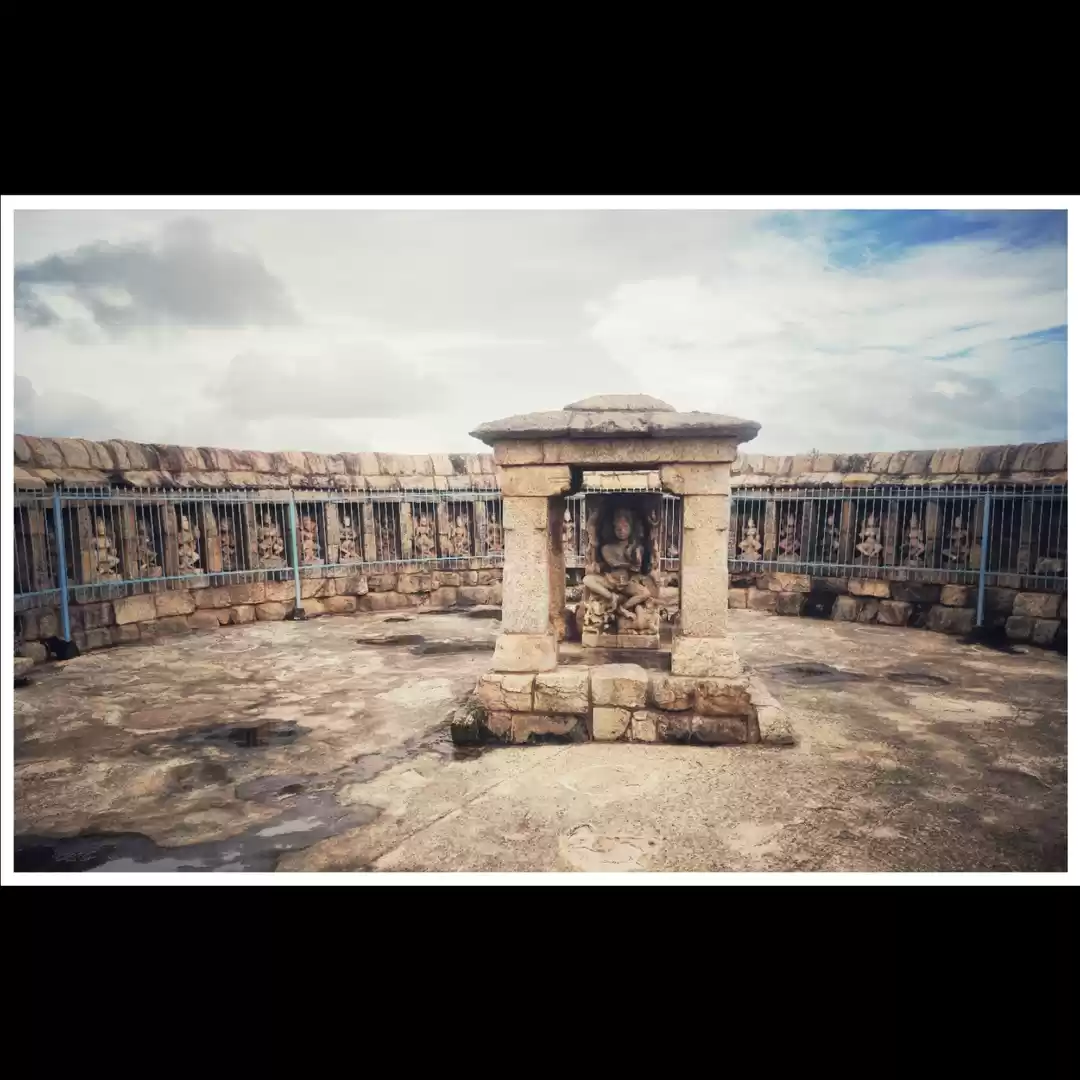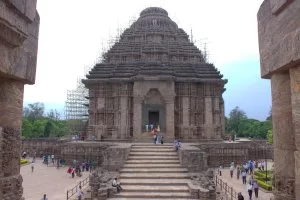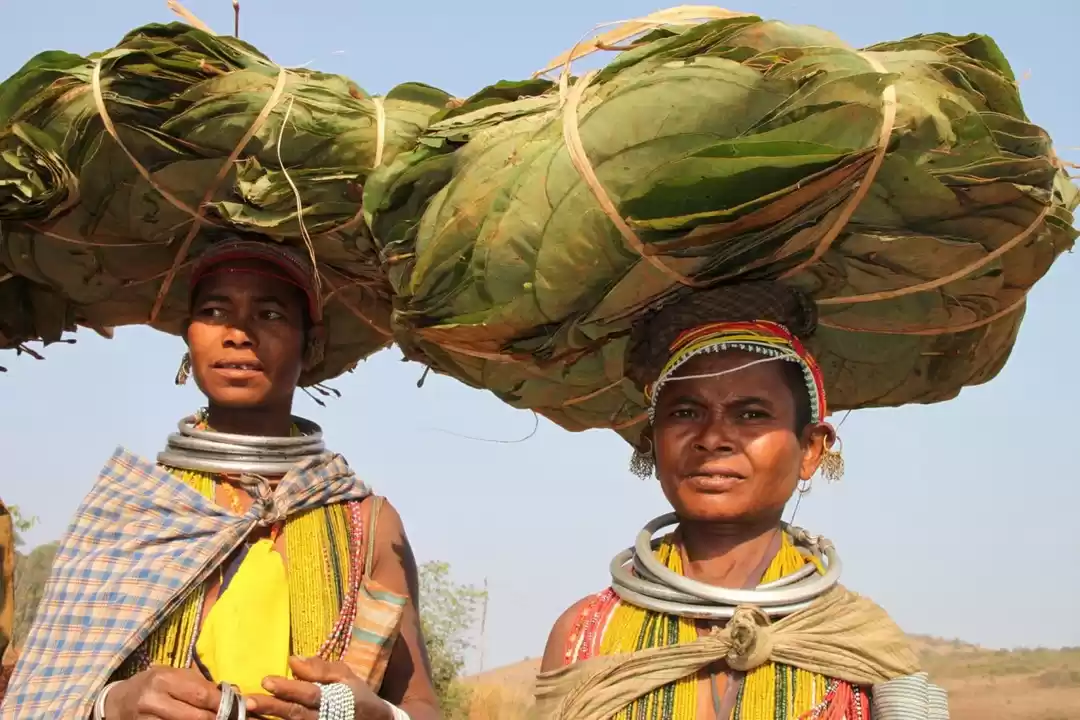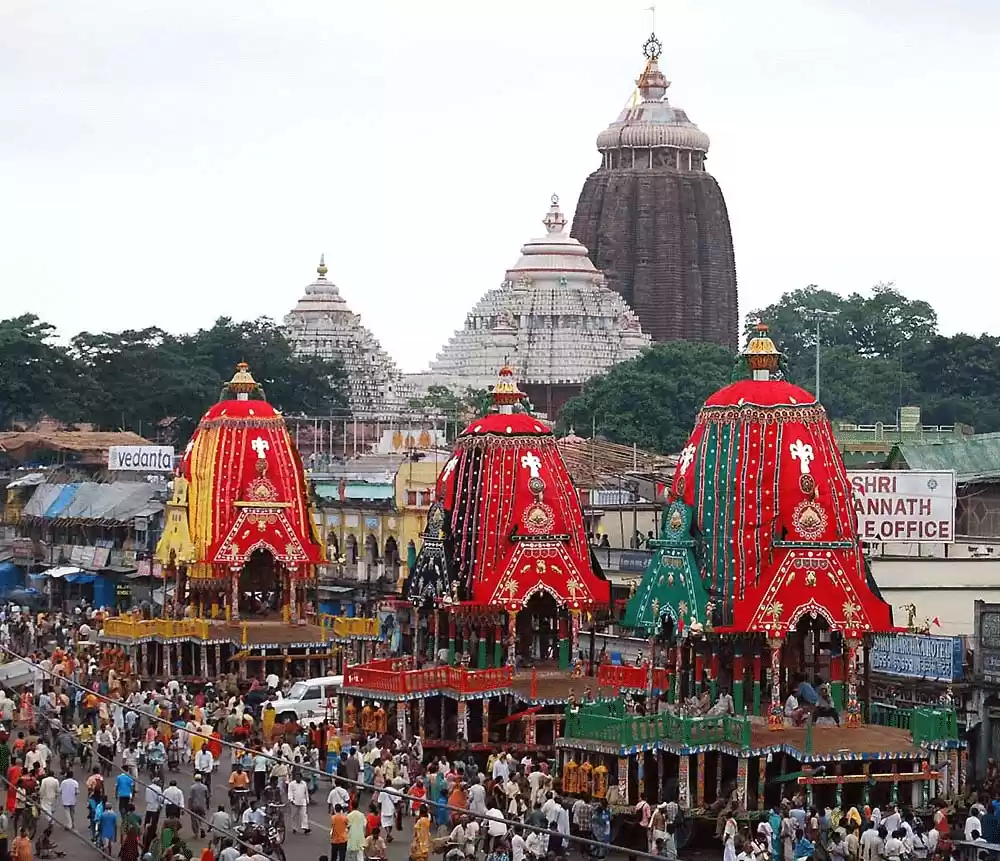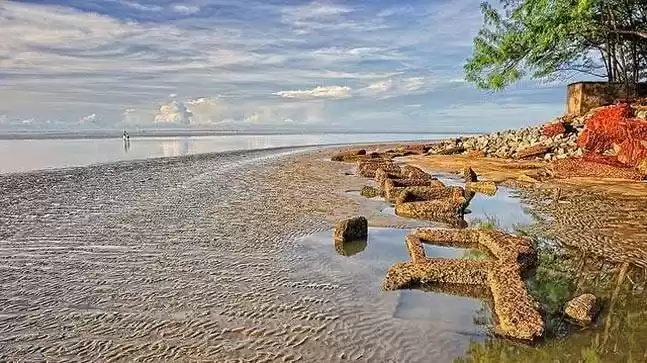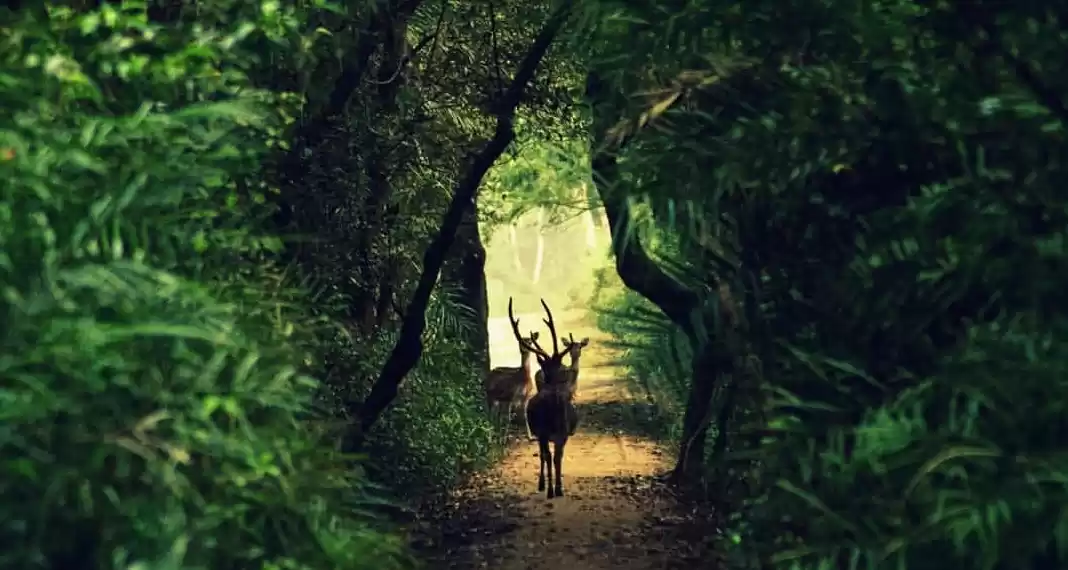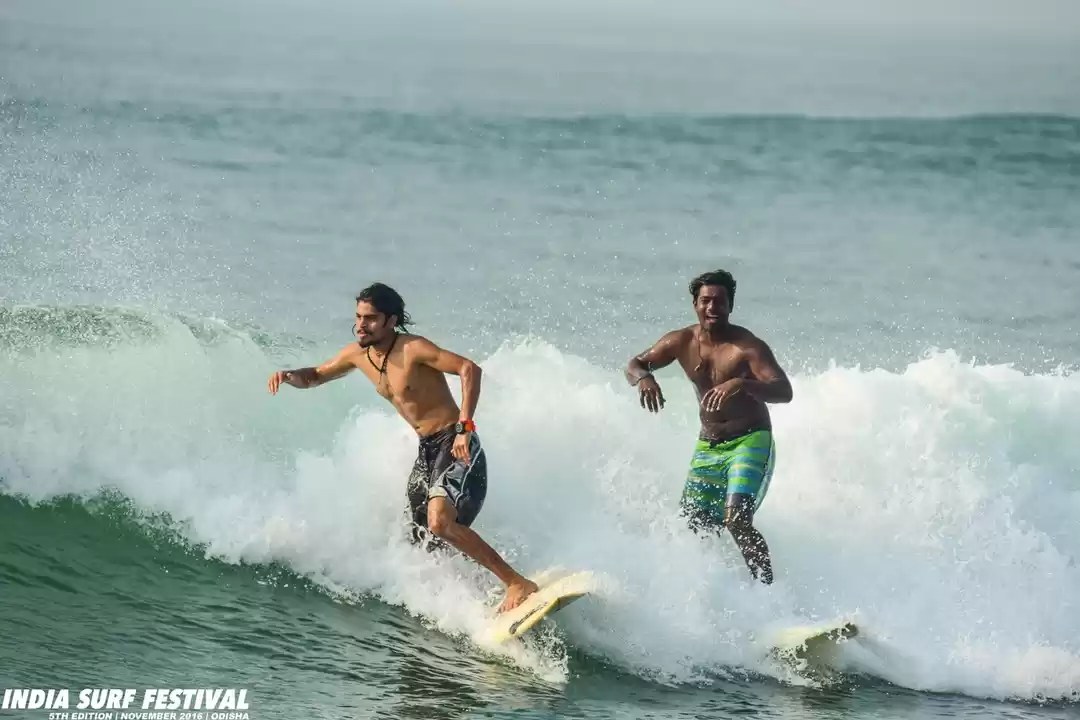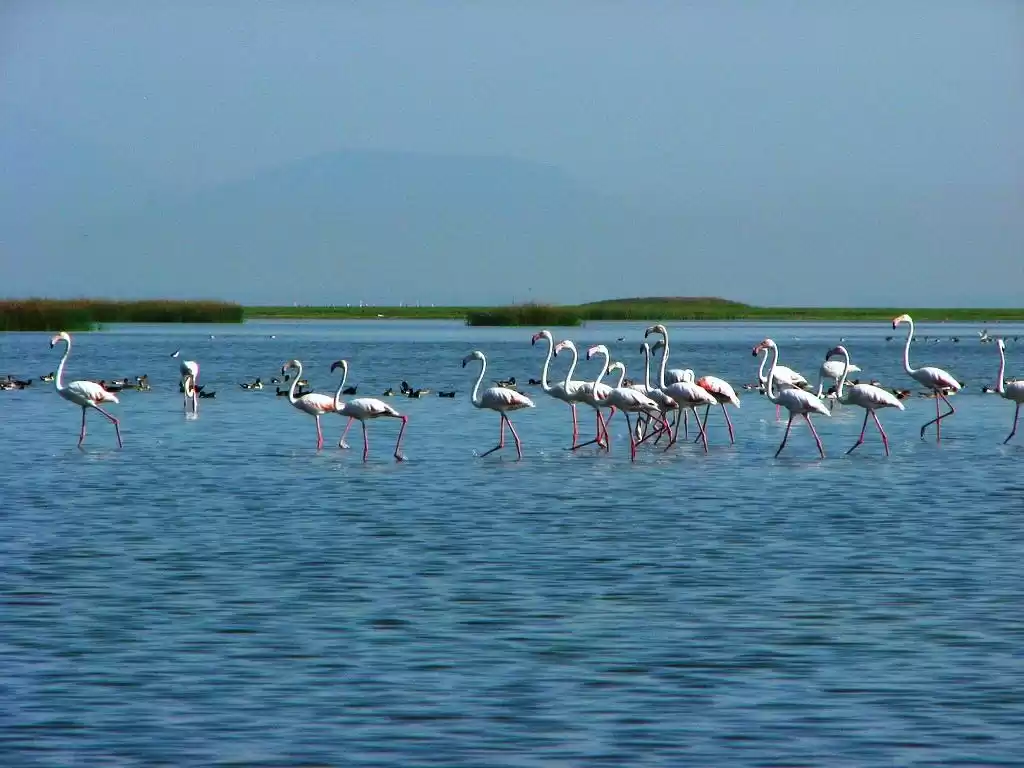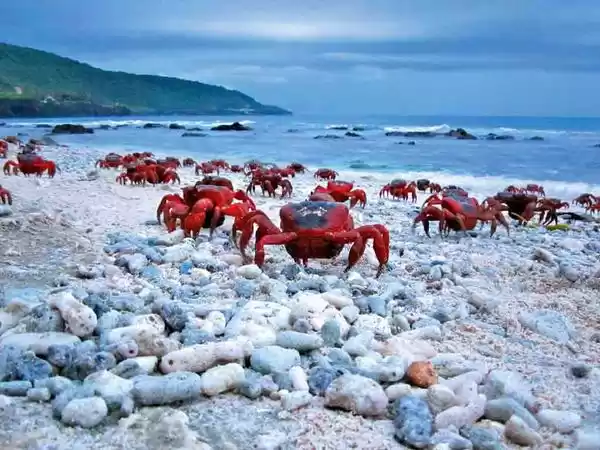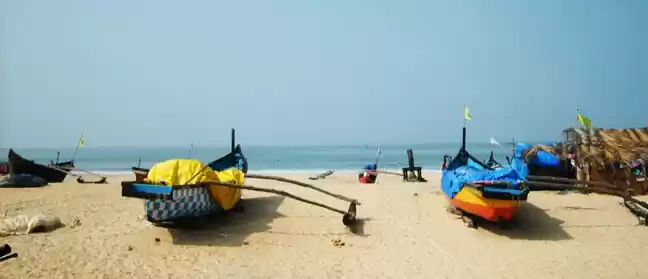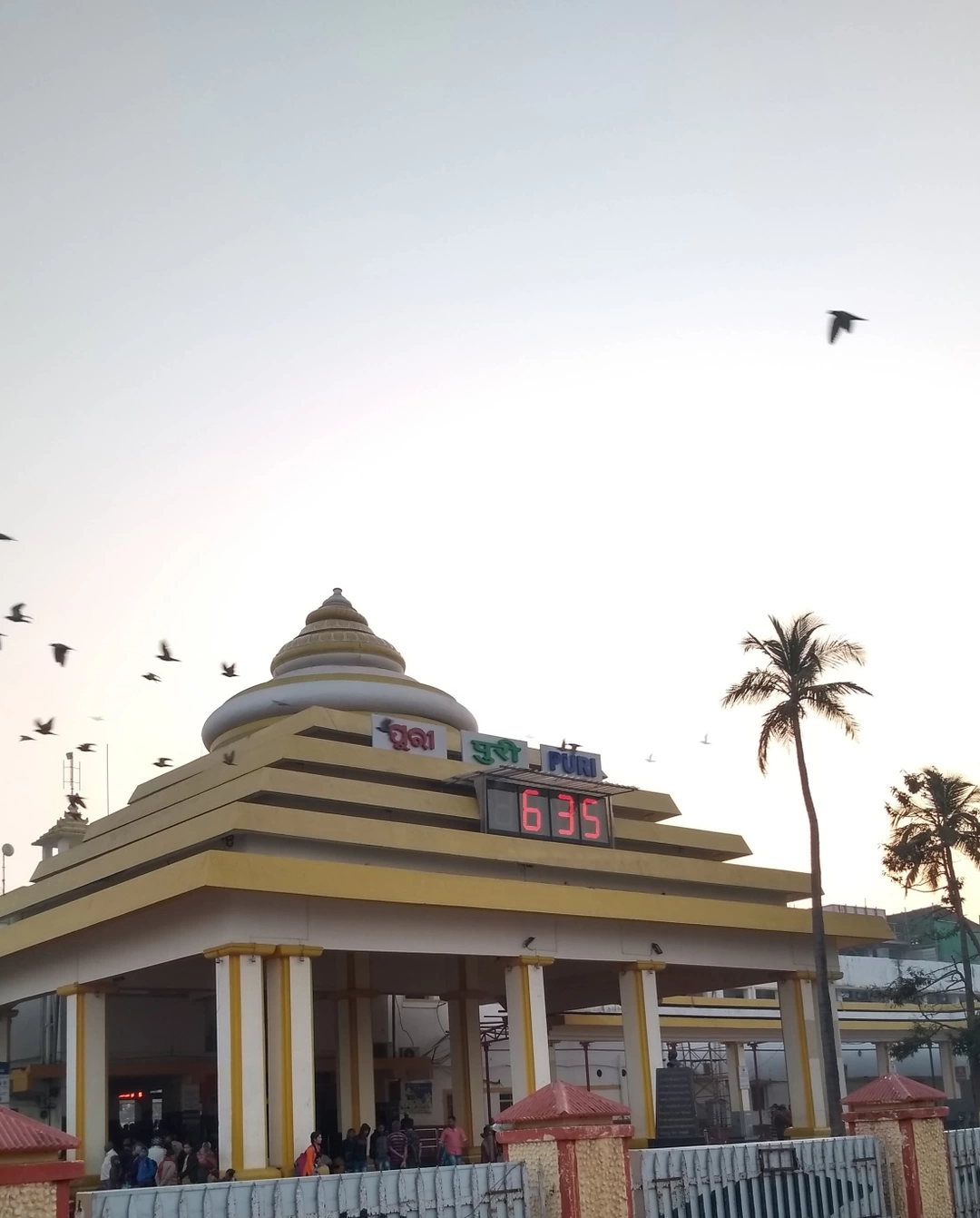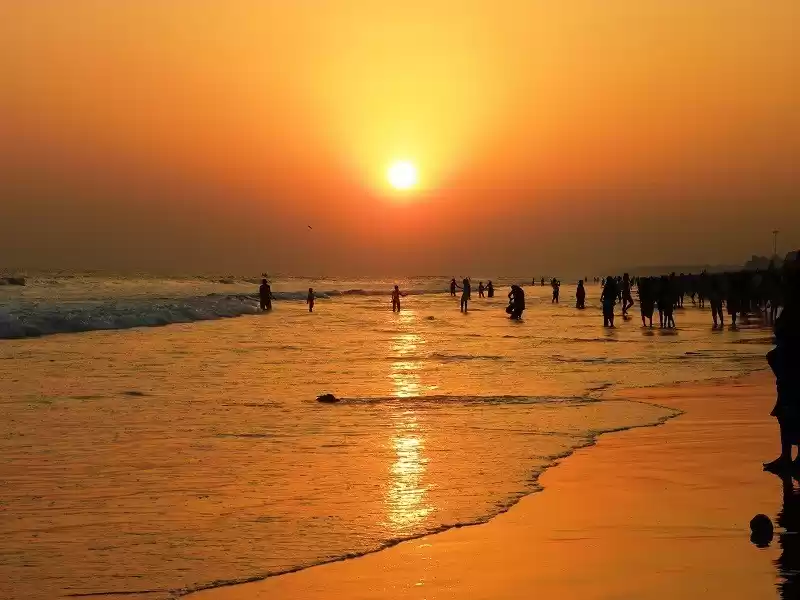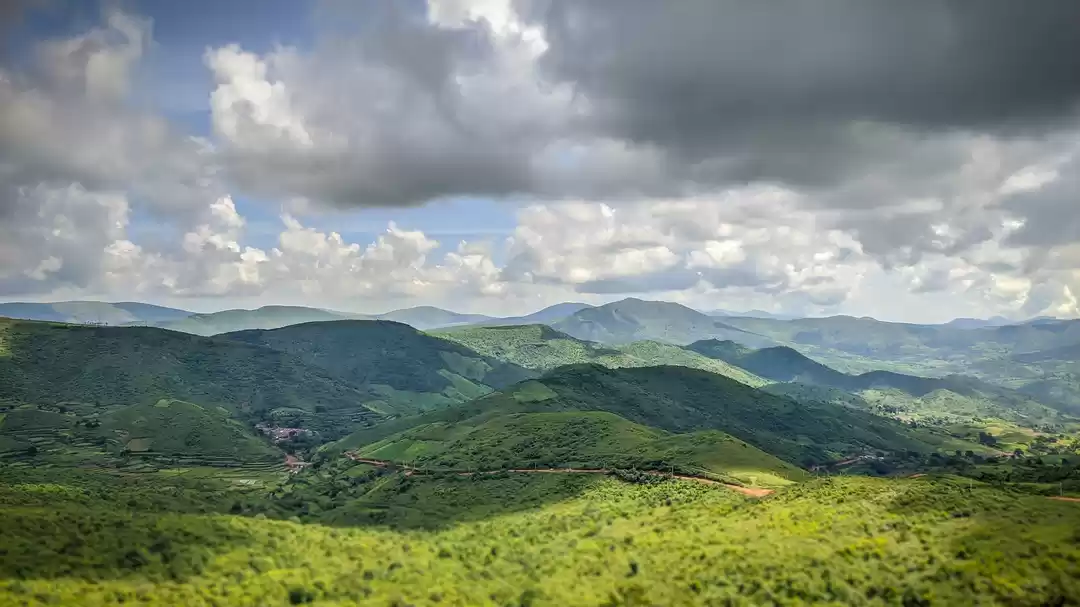
Situated on the east coast of India, this often forgotten state has a plethora of experiences for the ones interested. Be it Asia’s largest brackish water lagoon, the mass nesting sites of Olive Ridley Turtles, centuries old temple complexes, or a hill station with sub-zero temperatures, this state can boast of everything that can leave a traveler amazed. The forest areas are teeming with wildlife and the state is home to the rare salt-water crocodile and the endangered Irrawady Dolphins. Orissa is also home to 62 tribal communities constituting about 22% of the state’s population. With such diverse range of experiences, Orissa is a huge adventure waiting to be unearthed. Once You arrive in Bhubaneshwar, there are a number of places you can visit, each unique in its own way.
1) At 20 K.M.s driving distance from Bhubaneshwar lies Chandaka-Dampara wildlife sanctuary. It was declared a safe-haven for elephants on the outskirts of the city in 1980. One of the main entry points to the reserve is through Godibari. There are three watchtowers within the reserve for elephant sighting at Bharatpur reserve forest, Kochilaberena and Pitagadia. The reservoir at Deras Dam within the Chandaka forest was built as an irrigation project but also serves as a watering hole to wild animals. There are huts near Deras dam. Prior permission is needed to be taken from the Divisional Forest Officer to book these huts for a night’s stay. Another dam close to Deras is the Jhumka Dam. This is a good picninc spot and you don’t require permissions to visit here.
•Contact of DFO, Chandaka Wildlife Division: Phone/fax: 0674-2355400
•Info on eco tourism: +91 9438879488


2) Satkosia Tiger Reserve: The Satkosia Gorge sanctuary and the Baisipalli Wildlife Sanctuary together form the Satkosia Tiger Reserve which spreads across 964 sq K.M.s. It is also the place where the Deccan Plateau meets the Eastern Ghats. The Mahanadi river cuts across the reserve to form a gorge 7 miles long and is home to the Gharial and Mugger. To spot the tiger one needs to be patient and might need repeated visits or long visits. You can use the nature trails within the reserve to trek around or indulge in boating on the Mahanadi River to spot elephants. The banks of the Mahandi river offer magnificent views of the landscape around with the river flowing through the gorge and mountains on both sides. Do try angling if permissions are granted by the forest department. Once it is dark, there’s nothing much to do here. Light up a bonfire on the banks, enjoy your meal, lay back and watch the stars take over the night sky. To get here, you have to travel via Angul. Get your permissions sorted at the DFO office at Angul and proceed to Pampasar, the entry point to the reserve. For accommodation options and booking details, visit satkosia.org. The Tikarapada nature camp is most recommended one for overnight stays in the reserve.




3) Bhitarkanika: Rightly named, this national park derives its name from two Oriya words, ‘Bhitar’ & ‘Kanika’ which translates to interior and extraordinarily beautiful or gold resepctively. On the coast of Bay of Bengal, this marshland is divided into three main divisions, the Bhitarkanika National park, Bhitarkanika Wildlife Sanctuary and the Gahirmatha Marine sanctuary. The Bhitarkanika national park is the second largest mangrove ecosystem in the country and home to the rare Irrawaddy Dolphins, endangered salt-water crocodile, partially white crocodile, the Indian Python, the King Cobra and other species of flora and fauna. The national park authorities decided to set free the only Albino Crocodile into its natural habitat. The national park is also a paradise for avid bird watchers. While in the sanctuary, you can take boat rides in creeks to spot crocodiles and dolphins. The Gahirmatha Beach and a few neighbouring beaches witness a phenomenon called ‘Arribada’ every year. This is the phenomenon of mass nesting of Olive Ridley turtles. These turtles nest from November to April and then the little ones find their way back into the sea by May. Make it a point to experience this marvel without disturbing the creatures on the beach. The Gahirmatha Marine Sanctuary has been declared as an UNESCO world heritage site due to the huge numbers of Olive Ridleys visiting the region to lay eggs. The national park is only accessible by boat. The two entry points are Khola nad Gupti. The nearest town is Chandabali from where you need to take a boat ride to go further. Nearest railhead to the national park is Bhadrak. Accomodation can be found in the nearby towns. Three noticeable stays here are at the forest rest houses at Dangamal and the secluded beaches of Habilghati and Ekkakula. These beaches are good spots for watching dolphins during early mornings and evenings. If Bhitarkanika is on your list, DO NOT forget to carry a pair of good binoculars.




4) Chandipur: 130 K.M.s away from Bhitarkanika national park, lies another natural wonder of Chandipur beach. The sea at Chandipur beach mysteriously recedes upto 5kms everyday leaving the seabed exposed. You can walk on the sea bed during this time. Visit Chandipur to marvel at the disappearing sea, to unwind after some exlproration at Bhitarkanika and feast on a variety of Bengali and Oriya dishes. Visit the beach early in the morning to have the entire beach to yourself with no one in sight. You can spot red crabs everywhere on the shore at Chandipur. From Balasore, you could opt for the traditional trecker ride to Chandipur. Riding on the roof of these things is quite an experience.


5) Konark: The temple gets its name from two Sanskrit words, ‘KONA’ and ‘ARKA’ which translate to corner and sun respectively. The Konark temple is an architectural slpendour of the Medieval time in Orissa. Built in the 13th Century, the architecture of the temple is very complex and the walls are covered with intricate carvings that reflect the magnificence of the artisans that sculpted the temple. The Konark temple is said to have been built on the sea in those days. Over the years, the sea has moved farther and the temple is now approximately 5kms from the shore.

The Konark temple is designed like a chariot for the Sun God drawn by seven horses. The Chariot has twelve pairs of wheels. These wheels are not simply stone structures, but effective sundials that tell you the time depending on the shadows cast by the spokes. Apparently, the temple housed a 52 ton lodestone which was used as a magnet. It is said that, the unique arrangements of this lodestone along with other magnets in the temple caused the main idol of the temple’s deity to be floating in air. Since it was near the shore, the magnet used to disrupt navigation routes for sailors and caused shipwrecks. Due to this reason, the magnet is said to have been taken away by the Portuguese and destroyed. It was also referred to as the Black Pagoda because of its colour. Back in time, it was an identifiable landmark for the sailors at sea. The temple has been declared as a world heritage site by the UN. Apart from historical magificance, Konark is also rich in culture. The Konark dance and music festival that takes place every year for four days. Jointly organized by Orissa tourism and Oddissi Reseach centre, this festival sees well celebrated dancers from across the country. The festival is a celebration of traditional dance forms such as Oddisi, Bharat Natyam, Manipuri and Chau.
6) Puri: 35 K.M.s away from Konark, lies another temple town on the shorelines of Bay of Bengal. Considered as one of the holiest cities, Puri is visited by the people and pilgrims all year round. The beach here is clean and the sand, golden.

If you are an adventure enthusiast, you wouldn’t want to miss out on surfing at Puri. The waves here are good for some surfing. Get in touch with The Surfing Yogis for a good surfing experience. This pilgrim town also enjoys the privilege of legal BHANG. According to the laws devised decades ago when Marijuana was made illegal, the court passed a law making the flower and the bud of the cannabis plant illegal excluding the seeds and leaves, thus, exempting Bhang from the definition of Cannabis. The NDPS act, 1985 defines Cannabis as:
"Cannabis" means the flowering or fruiting tops of the cannabis plant (excluding the seeds and leaves when not accompanied by the tops) from which the resin has not been extracted, by whatever name they may be designated.
You can find Bhang in Government controlled Bhang shops at Puri. Pilgrims visit in hoards to the famed Jagannath Temple to pay their respects every year. The most awaited festival here is the annual Chariot festival. The three Chariots namely, ‘Nandighosa’, ‘Taladhvaja’ and ‘Devadalana’ are highlights of this Rath Yatra.

This is an iconic event in Puri and is witnessed by a number of Indians and Foreigners every year. Thi year, the Yatra will be held on 25th June 2017. Another festival to look out for while in Puri is the Puri Beach Festival. The festival aims to promote different cultural and art forms from across the country. There is something for everybody at the festival. Classical and Rock concerts on the beach are a nice way to while away time in this interesting town. Sports like beach volleyball, Malkhamb and Kabbadi are also played. The unique art of sand sculpting and Regattas (yacht races) are popular activities in the festival. The best way to exlpore Puri is on a hired two-wheeler.
7) Chilika lake: The Chilika lake is Asia’s largest brackish water lake and heaven for bird watchers. The lake can be accessed from Barkul and Satapada which are on either sides of the river. The nearest railhead for Barkul is at Balugaon. There is train connectivity from Bhubaneshwar to reach Balugaon and head to Chilika from there. Since travelling through Puri, it’s convenient to take the route from Satapada.

There are local buses that go to Satapada from Puri. Alternatively, you can hire a cab to cover the distance of 48 K.M.s. Satapada is the point where the Chilika Lake spills into the Bay-of-Bengal. Satapada is also popularly known as a good spot to catch a glimpse of the rare Irrawaddy Dolphin.

Take boating trips to Nalbana bird sanctuary, Kalijai and Rajhans islands. Do not buy the so called pearls which local salesmen will pester you to buy. Look at OTDC’s Yatrinivas near the Jetty for overnight accommodation at a basic tariff. Other accommodation options near the lake are Green eco resort 4K.M.s away from Satapada, Daaven’s eco cottage and Island Resort. You have to shell out an higher amount to stay at these places. You have options of both luxury and budget stay at Chilika. Another remarkable place you can visit here is the Mangalajodi village. The villagers would poach Waterfowls that came to the village’s marshland in large numbers and sell their meat off in the market. Villagers would walk out into the marshlands at night and lace the Lily pods with poison. The birds would die after feeding on the poison laced pods. It was the main source of livelihood back in the 90’s and apparently an age old ritual. With constant efforts by activists and by reasoning with the villagers, the officials were able to bring about change in the behavior. Today the poachers’ community works in unison towards the conservation of these migratory birds and makes their living off eco-tourism. You can find the boating rates of the OTDC for all areas on their website.

8) Chandragiri: Moving ahead to the small town of Tibetian refugees , will require you to take a train from Rambha to Brahmapur, the closest rail station to Chandragiri. From Brahamapur, take a local bus or you can hire a cab to Chandragiri. This small sleepy town situated further down South, is home to a small Tibetian community who arrived here when the Chinese invaded Tibet. At 3200 ft. above sea-level, with a picturesque landscape and close vicinity to the Taptapani Hot springs, Chandragiri is a paradise. The main occupations of the Tibetians here are weaving carpets, agriculture, horticulture, etc. The refugees have nicknamed the place ‘Phuntsokling’ which translates to the “Land of Happiness” When in Chandragiri visit the Tatptapani hot spring, Jirang Monastery and Mahendragiri which is a good place for a hike. For staying the night, you can opt for OTDC’s Panthanivas which is near the hot spring.

9)Vetnai: A relatively less frequented village on the slopes of the Eastern Ghats, Vetnai is known for the Black Bucks that roam freely in the grasslands behind the village. The people of Vetnai have been conserving and protecting the Black Buck efficiently for years. It is said that the village was suffering from famine years ago. It was then, when a herd of Black Bucks were spotted outside the village. Soon after the sighting, the village is said to have received rains and thus ending the drought. It was since then, the villagers took to the protection of these creatures. They believe that Black Bucks bring good fortune. There is a watch tower at Vetnai known as Kankana Devi watch tower from where you can watch/photograph Black Bucks in their natural habitat. There is no accommodation at Vetnai, so you might want to get here during the early hours of the day, get your photographs and move on to Daringbadi if you don’t want to be under the blistering sun for too long. For guidance on spotting these magnificent creatures, get in touch on 09861419038 with Mr. Kailash Maharana, the Chairmain of the Maitri Club, an organization that has worked towards the welfare of animals for more than a decade. Best time to visit here is during the winter months. Vetnai is near Aska, look for Aska sugar mill as a landmark on the way to Vetnai. Aska is connected to Brahamapur by bus and cabs.

10) Daringbadi: In a state with humid weather conditions, what you would least expect to find is a hill station where temperatures sometimes drop below zero degrees. Daringbadi is a quaint hill station with thick forest cover, wildlife and pleasant weather. Unwinding in the hill station of Daringbadi is a nice change from spending time in the coastal areas of the state. The hill view point is a vantage point with panoramic views of the valley. Daringbadi has two coffee and Black pepper plantations which one should consider visiting. While you are here, you would also want to check out the Doluri river, that passes through Daringbadi and the Putudi Waterfalls. Daringbadi has a few options for night stay, The PWD rest house(06846-243242) and the DEERS cottages.


Cover photograph by Aleksandr Zykov
Frequent Searches Leading To This Page:-
honeymoon packages in odisha, Odisha Unforgettable Honeymoon Package, customized Orissa holiday package, exciting deals for Orissa holiday, Odisha Honeymoon Package for 4 nights

